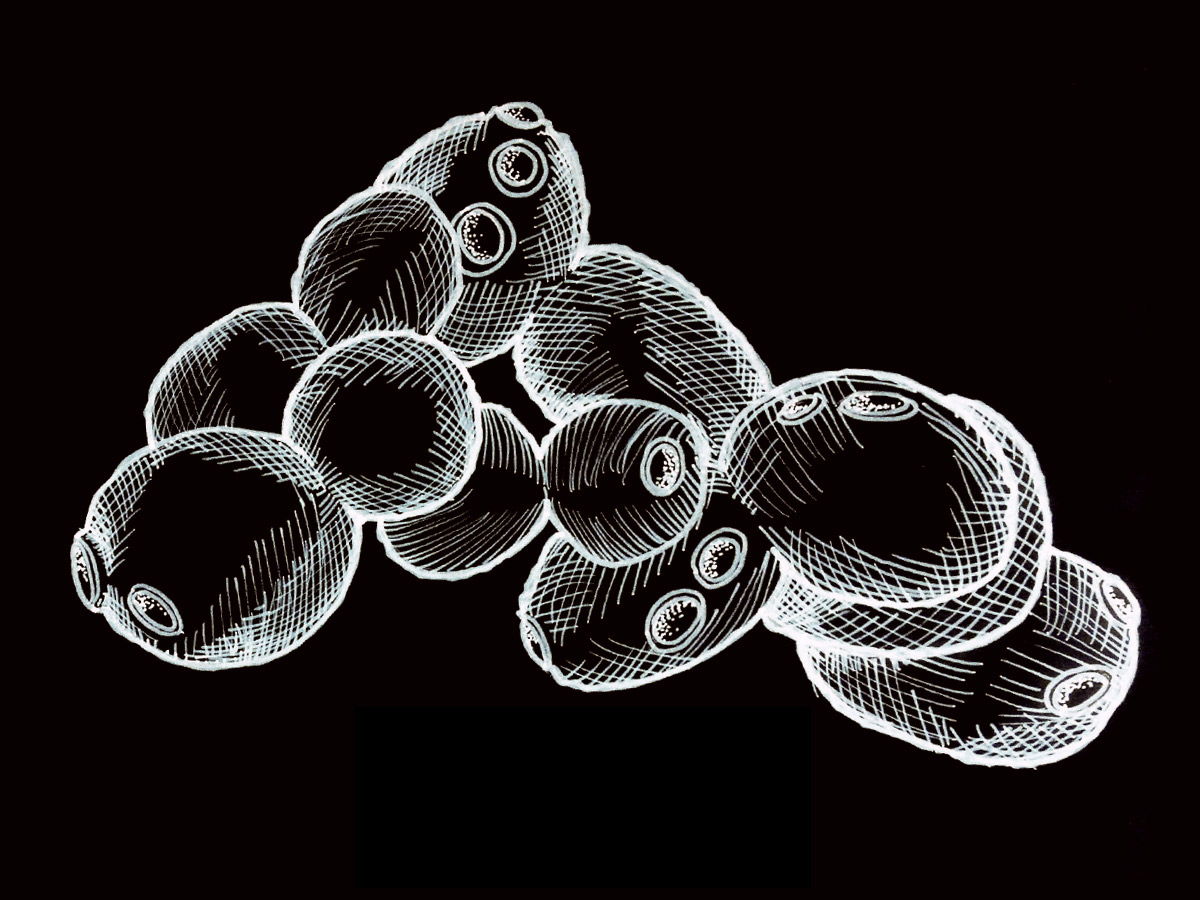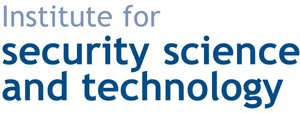Synthetic biologists are an odd lot. They inhabit a realm of science that is part basic research, part technology development, and part science fiction.
They come from diverse scientific and engineering fields, bringing with them new ideas that more classically trained biologists often dismiss. They see life from a different perspective than most. Take Escherichia coli – the simple bacterium infamous for causing food poisoning. For years scientists have been studying E. coli as historians would an ancient tome. Biologists, biochemists, and geneticists have dissected, poked, and prodded E. coli until it gave up its secrets: the basic principles of cellular life. Synthetic biologists, on the other hand, look at E. coli and think to themselves: “let’s make a computer”.

At its heart, the field of synthetic biology is fairly straightforward. DNA, and the genetic information it encodes, provides the instructions for creating proteins and other molecules that perform the biochemical tasks necessary to keep cells alive. Synthetic biologists purposefully manipulate the DNA within a cell to alter those instructions, enabling cells to perform new tasks1. For many years, the rewriting of cellular genomes was the purview of the genetic engineers, who seek to rewire the enzymatic pathways within a cell to produce chemicals of practical use to humans, such as biofuels, pharmaceuticals, and other highly valued compounds. Yet, while cells are very good at making complex organic compounds, they are also capable of much more.
Miniature decision-makers
Even the smallest microbe is a dynamic, living being that can sense, respond, and alter its environment. More complex cells can work in groups to bring about large-scale multicellular organisms, such as fruit flies, earthworms, cuttlefish, and human beings. To do these things, cells must be able to make decisions. If there is a threat in the environment, cells must decide whether or not to respond. If a cell has a choice between two different food sources, it must decide which to eat. If a cell is in a multicellular organism, it must decide how to fit in within the greater collective, and reconfigure itself accordingly. It is just these types of decision-making processes that synthetic biologists are now trying to engineer.
The instructions necessary to make decisions are coded in DNA, via networks of interacting genes that regulate one another – i.e. one gene can tell another gene to turn on or off depending on internal or environmental cues. For example, consider the simple yeast Saccharomyces cerevisiae, which is the same yeast we use to make bread and beer. S. cerevisiae is able to eat many different types of sugars, but above all others it prefers glucose. So, what happens when more than one sugar, say glucose and galactose, are available to cell at the same time? As it turns out, S. cerevisiae will first only consume the glucose before moving on to galactose. To do this, S. cerevisiae relies on two genetic networks encoded in its DNA – the “glucose network” and the “galactose network”, each responsible for sensing, importing, and metabolizing its respective sugar2. If glucose is present, the glucose network will not only instruct the cell to eat glucose, but also send a signal that turns off the galactose network responsible for galactose metabolism.
By turning off the galactose network, the glucose network has “made a decision” for the cell – to eat glucose before galactose. If one examines this decision more closely, it is easy to pull out some simple rules. For instance, when should the yeast eat glucose? Simply, whenever it is present. So, the rule might look like this:
(eat glucose) IF (glucose),
which is shorthand for “if there is glucose in the environment, turn on the glucose gene network, import glucose, and metabolize it”. Similarly, the rule for eating galactose might be:
(eat galactose) IF ((galactose) AND (NOT (glucose)),
meaning “if there is galactose in the environment, eat it, provided there is not also some glucose around”.
Logic gates
The above two sets of rules are examples of decisions that can be described with something known as “Boolean logic”, named after the English mathematician George Boole. Boole is famous for his systematization of logic and his recognition that concepts such as “TRUE” and “FALSE” could be treated as ones and zeros. Further, compound decisions are easily made using his mathematical rules by implementing logical operations like “AND”, “OR”, and “NOT”. For example, consider the compound logical statement: A is true only if B and C are true. Using the notation above, this could be written as:
(A) IF ((B) AND (C)).
As you can imagine, the complexity of compound logical truths can quickly become mind-numbing. The logical statement
(A) IF (((B) AND (NOT C)) OR ((D) OR ((E) AND (NOT F))))
is very hard for our brains to quickly process, but Boole’s mathematical formulation makes deciding the truth of A straightforward.
While Boole’s system was originally intended to be used in classical logic and philosophy, its most obvious use today is in computers. The same mathematics behind Boole’s logic are easily transferable to the binary ones and zeros of digital circuits. In fact, a transistor performs a simple type of logical operation. Two wires act as inputs to the transistor and a third wire acts as the output. If voltages are applied to both the input wires, then current is allowed to pass through the output wire. In terms of logic, this gives
(output current) IF ((voltage wire 1) AND (voltage wire 2))
and the transistor is said to be an “AND” gate. The transistor acts as a gating mechanism for the output wire. If both input wires have voltages applied, the gate is opened and current is allowed to flow out. However, if either input wire (or both) lack voltages, then the gate is closed, stopping the output current.
In recent years, synthetic biologists have been exploring the idea that cells can behave much like computers3. If you compare the logical operations performed by transistors and integrated circuits with the decision-making processes of cells, a stunning similarity emerges. In the example of the yeast above, the two sugars glucose and galactose are analogous to the two input wires of the transistor, while the state of the galactose gene network (on or off) is analogous to the current in the output wire. And there are many more examples of this type of decision-making in cells.
Microbial computers
It is apparent, then, that cells have the highly evolved ability to sense the world around them, make decisions based on those inputs, and respond accordingly. In one sense, cells are fantastic living computers made not out of electric circuits and transistors, but of genes, proteins, and other chemicals. Yet, the analogy between cells and computers, of course, is far from perfect.
Certainly there are instances, like the example above, where it appears cells are making decisions based on binary logic. But it is not quite that simple. One might ask: “How much glucose is enough to turn off the galactose network”? The answer turns out to be fuzzy4. High concentrations of glucose will completely turn off the galactose while very low concentrations will not. However, intermediate concentrations of glucose will only partially turn off the galactose network.
The inexact correspondence between cellular “computation” and digital computation has not dissuaded synthetic biologists from attempting to rewire cells into living computers. To be sure, synthetic biologists are not trying to replace the electronic computers we use today. Electronic computers are extremely good at what they do – fast mathematical computations – and it is unlikely that any biological system would ever be able to compete with them. But electronic computers are more than simply fast calculators; they are also the means by which we control a host of complex automated systems – from robots, to aircraft, to telecommunications networks. Analogously, cellular computers are the control systems for engineered living organisms.
For instance, one potential application of cellular computers is the programming of microbes that can be placed within the human body for health related purposes. These microbes might be able to alter the gut microbiome or deliver drugs directly to tumors5. But it would be inadvisable to blindly place foreign microbes within a human unless safeguards could be engineered into their genetic code6. It is just these safeguards that can be produced using synthetic logic gates. Such gates could check for just the right signals from a physician before activating the production of a medication. Or, synthetic microbes could be programmed to stop growing after several generations to avoid complications within the patient.
Imagine a synthetic microbe that could be injected into the bloodstream of a cancer patient. Once there, the microbe could search for a tumor, and, once it finds it, begins to colonize it. At this point, the physician, if she deems it appropriate, would inject a special mixture of safe chemicals into the patient. If the chemical mixture has just the right signature, a gene network within the synthetic microbe would produce a drug to kill tumor cells. After the synthetic microbes have released their drug, they self activate another gene network that halts their growth.
The scenario described above is not science fiction. Each of the basic components have been engineered. For instance, preliminary control mechanisms that let the physician turn on the drug consist of simple synthetic genetic logic gates that take the form
(produce drug) if ((A) AND (B) AND (C) AND (D))
where A, B, C, and D are each a form of sugar or metabolite that is either used or created by almost all forms of cellular life7. Synthetic biologists choose these sorts of input chemicals because 1) cells are very good at sensing them, 2) synthetic biologists are very good at rewiring those sensor pathways, and 3) they are safe to use within the human body.
Note that the more chemicals that are used to trigger drug production in a synthetic microbe the better. This is because physicians and their patients do not want the drug to be produced accidentally. Therefore, the more inputs required for activation the less likely the drug will be produced at the wrong time or place. But there are still a limited number of sensors that synthetic biologists can reliably use to create genetic logic gates and hence there is now a large effort to find more and better sensors that could be connected to genetic logic gates. These new sensors will not only provide the means to safeguard the activation of dangerous pathways, but will also allow the creation of alternative synthetic gene networks that are activated by their own combination of chemicals.
The future of programmable microbes
The ability to perform logical operations using electronic circuits is one of the greatest technological achievements of mankind. In just a few decades, our civilization has been completely transformed by the ability of microchips to quickly and accurately perform mathematical operations. Yet, even though the first computers were designed primarily to only do mathematics, we now use them for so much more. The number of applications for which we now use computers is staggering. We film and edit movies digitally; we control our homes’ thermostats using our phone; we videochat with people all over the world; and so much more. With each passing month engineers are coming up with new ways to use computers that were never dreamt of before.
Cellular computers made out of genetic logic gates will likely follow a similar trajectory as their silicon-based cousins. We certainly have immediate uses and applications for them that scientists and engineers are working on – such as drug delivery systems, ecological sensors, or self-healing industrial coatings. But if the analogy to electronic computers holds, the future applications of synthetic biology can scarcely be imagined. As time goes on, our ability to create more and more complicated genetic circuits will only increase, bringing with it the capacity to develop more and more fantastic synthetic organisms.








